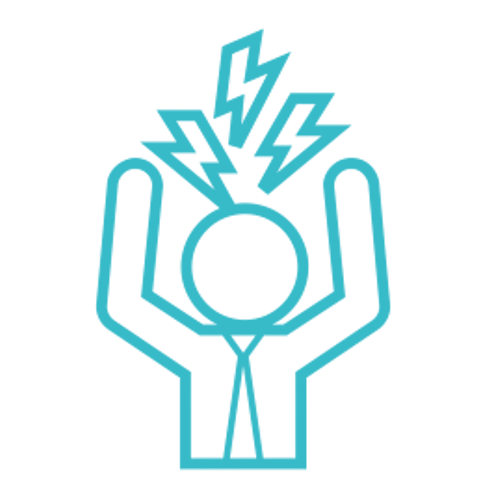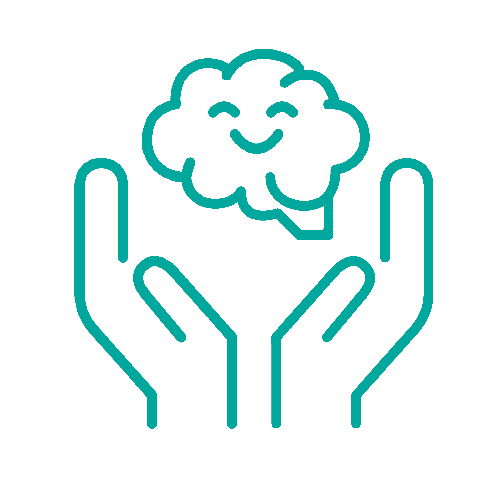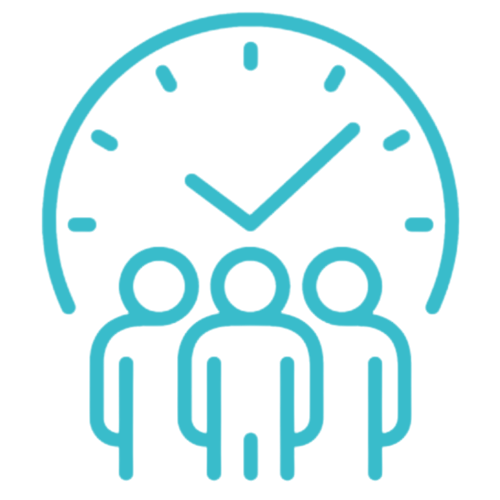Known as the “city that never sleeps,” New York City beckons with its vibrant urban allure, a place where dreams materialize for countless individuals. Its iconic skyscrapers, rich cultural tapestry, and limitless prospects for personal and professional advancement draw people from diverse backgrounds. Yet, beneath the glittering surface lies a labyrinthine network of factors that triggers depression among some of its inhabitants. This blog will delve into prominent triggers of depression in NYC.
7 Triggers to Depression in NYC
- High Cost of Living:
The first challenge that looms large in this concrete jungle is the exorbitant cost of living. Consistently ranking among the world’s priciest metropolises, NYC presents its residents with staggering rental rates, expensive grocery bills, and transportation costs that can bear heavily on their shoulders. The unrelenting financial strain often emerges as a significant catalyst that triggers depression, as individuals grapple with the constant struggle to make ends meet. To counter this formidable adversary, it is imperative to construct a pragmatic budget, explore affordable housing alternatives, and seek expert financial guidance when necessary. - Isolation and Loneliness:
Surprisingly, amidst the bustling streets and millions of people, NYC can be a profoundly lonely place. The fast-paced lifestyle often leaves little room for building and maintaining meaningful connections. Feelings of isolation can intensify in a city where people are constantly surrounded by others but may struggle to forge genuine bonds. Loneliness triggers depression, but at the same time, depression triggers loneliness. It’s crucial to actively seek out social opportunities, join clubs or groups of interest, and prioritize building a support network. - Career Pressure:
New York City stands as a thriving epicenter for driven professionals, where the job market’s fierce competition can become quite daunting. The relentless pursuit of career success, often accompanied by extended working hours, can ultimately pave the way for burnout and depression. To counter this, it becomes paramount to strike a harmonious work-life equilibrium, delineate attainable career objectives, and consider seeking expert assistance should work-related stress reach unmanageable levels. Career pressure and burnout are common, and one of the more widespread causes of clinical depression. - Noise and Overstimulation:
The constant noise and sensory overload in NYC can be exhausting for many. The relentless honking of horns, sirens, and the never-ending stream of people can leave individuals feeling drained and anxious. Taking breaks in quieter areas of the city, practicing mindfulness, or investing in noise-canceling headphones can provide relief. - Harsh Weather Conditions:
New York City undergoes a gamut of weather extremes, spanning from sweltering summers to frigid winters. For numerous residents, this climate variation ushers in a prevalent challenge known as Seasonal Affective Disorder (SAD). The dearth of sunlight during the winter season often triggers feelings of melancholy and depression. However, combating the effects of SAD is achievable through consistent physical activity, exposure to natural daylight, and the inclusion of Vitamin D supplements in one’s regimen. Depression triggers vary, and this is more location specific, but is still a cause of clinical depression. - Transportation Challenges:
Navigating NYC’s public transportation system can be a daily source of stress. Delays, overcrowding, and the rush-hour chaos can take a toll on mental health. Planning commutes efficiently and seeking alternative transportation methods can reduce transportation-related stress.This is one of the lesser known depression triggers that, combined with other stressors, can cause clinical depression. - Gentrification and Housing Displacement:
The swift gentrification sweeping through specific neighborhoods has resulted in the displacement of numerous long-standing residents. Triggers to depression vary immensely, including the prospect of losing one’s home or being forced out of familiar communities, which can be emotionally shattering. To tackle this issue, lending support to affordable housing initiatives and championing the rights of vulnerable populations emerges as a vital course of action.
Meet with a NYC depression therapist today!
New York City offers boundless opportunities, but it also presents unique challenges that can trigger depression. Experiencing triggers to depression in NYC can be challenging, but it’s important to remember that you’re not alone in this journey. If you’re finding that your depression is worsening and you’re looking for support, here are some steps to kickstart your journey toward healthier responses to depression in NYC:
- Connect with Uncover Mental Health Counseling: Begin by reaching out to us for a free depression therapy consultation call. During this conversation, we’ll delve into your specific situation and explore how our services can be tailored to assist you effectively.
- Meet with a NYC Depression Therapist: Schedule your initial session with one of our experienced depression therapists in NYC. They will collaborate with you to understand the underlying causes of your depression and craft strategies to address it in a way that suits your unique needs.
Begin Your Path to Healing: With the guidance and support of our NYC depression specialists, you’ll embark on a journey towards managing and ultimately overcoming your depression. This process may encompass a range of therapeutic techniques meticulously tailored to your individual circumstances.






































